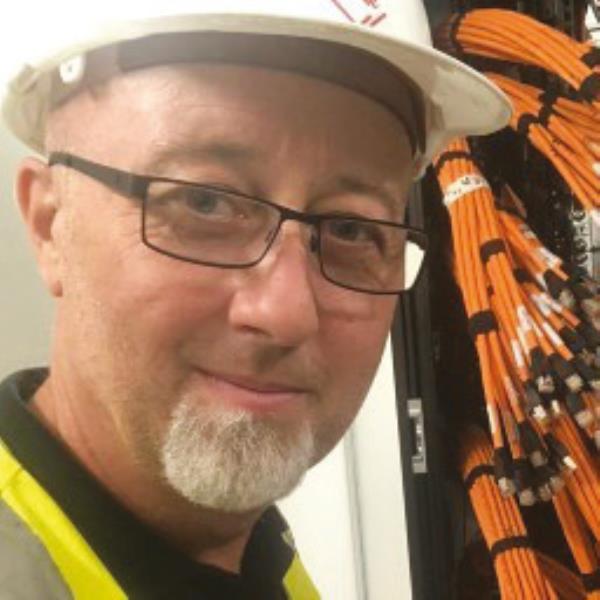11 February 2019

Paul Hunter is technical director at iDaC Solutions.
Having visited many sites over the years, initially as an electrician and now as a BICSI RCDD, I have seen some dubious installation practices. Here are a few essential guidelines to help ensure professional and trouble-free deployments:
Storage: Cables should be protected from environmental influences, i.e. kept dry and within acceptable temperature ranges (refer to the manufacturer’s data sheet).
Standards, guidelines and warranties: Always follow local country (and EU)regulations and guidelines specific to thematerials being installed. Always follow themanufacturer’s guidelines (usually suppliedwith products or on the web). Make sureyour installer warranty certification is up-to-datefor on-site staff.
Open installation, wall openings, cable trays, etc.: Lay data cables in separate ordivided channels from power cables andalways cross at 90° using a bridge. Neverexceed the recommended fill capacity(refer to manufacturers manual). Edges ofwalls and openings should be checked forsnagging hazards prior to installation. Cablesbundles should be held in place using Velcroties to avoid crushing and overheating,as it can have a negative effect on thetransmission characteristics of the cable.
Bend radius: This should comply withcabling standards; EN50173 states itshould always be greater than eight timesthe outer diameter of the cable duringinstallation (unless otherwise specified onthe manufacturer’s data sheet). The radiusof the containment used to route the cablesshould also comply. Waterfall fittings,for cable basket and bend radius controlcorners for trunking, are some accessoriesthat can ensure bend radius is maintained.
Cable pulling: Refer to the manufacturer’s product data sheets for recommended tensile strength/pulling force details. Always pull cables directly from the drum or box; for reels, and always use suitable equipment that will ensure free rotation of the reel.
Paul Hunter is technical director at iDaC Solutions.










